Almost every tool or app we use today asks us the same thing: “Tell us who you are.”
A new music app wants to know your vibe before it builds a playlist. A fitness tracker asks if you’re stressed, calm, or motivated. Even work software wants to know your “preferred style” before setting up your dashboard.
At first, this seems harmless, even exciting. Who wouldn’t want their tools to adjust perfectly to their needs? But what happens when every single tool asks you to define yourself? When the fridge, the calendar, the phone, and the watch all demand that you be “you” before they’ll do their job?
When Convenience Turns into a Burden
Personalization is sold as convenience. A finance app might guide you differently if you’re a “high-risk” investor. A word processor might rewrite suggestions if you say you prefer casual writing over formal. A meal planner may recommend different recipes if you call yourself “busy” instead of “creative.”
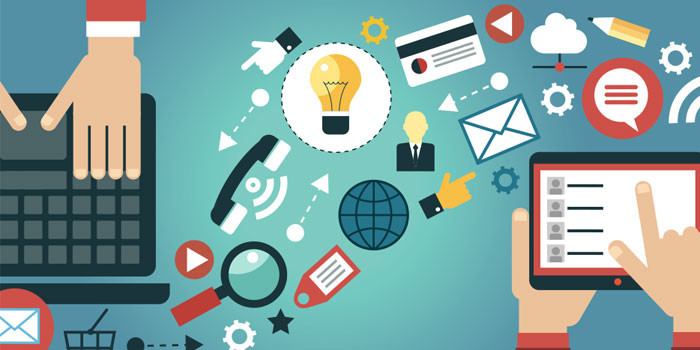
Sounds helpful, right? But here’s the catch: humans don’t stay the same. We shift daily, sometimes hourly. One morning, you might feel adventurous, and the next, you want simplicity. Yet the tool expects a fixed version of you and sticks to it.
So instead of freedom, personalization can start to feel like a cage.
The Trap of a Single Identity
Psychologists often remind us that people don’t have one permanent identity. We wear different hats, parent, friend, colleague, dreamer, depending on the situation.
But when apps ask us to define ourselves, they often give only one slot. Pick a style. Choose a mood. State your preference.
Two things happen as a result:
- You get oversimplified. Your complexity is cut down to a label.
- You get locked in. Once you choose, the tool keeps reinforcing that same version of you, even after you’ve changed.
It’s like telling a music app you’re into sad songs once, and then being stuck in a never-ending loop of moody playlists.
The Hidden Cost: Exhaustion
Answering “Who are you?” every time you use technology is not only repetitive it’s tiring. Researchers call this self-disclosure fatigue. Each time you give a little piece of yourself, your mood, your style, your values, you feel just a bit more drained.

And over time, something subtle happens. Instead of being natural, you start performing yourself. You give the answer that feels easiest, safest, or most expected. In short, you stop being you and start being the version your apps want you to be.
What If Tools Respected Change?
Now imagine if tools were built differently. Instead of demanding a definition, they allowed you to shift freely.
- Flexible modes: A writing app could let you switch between “serious” and “casual” without locking you in forever.
- Gentle learning: Instead of making you fill a form, a fitness tracker could notice your patterns quietly, adjusting only when it’s sure.
- Skip buttons: You could always say, “Not now, just show me the basics,” without being punished for it.
Some apps are moving in this direction. For example, certain meditation platforms let you dive straight into a session, no mood quiz required. Later, if you want, you can add more detail. That balance choice over demand makes technology feel lighter, not heavier.
The Bigger Picture
We often think “more personalization = better.” But that’s not always true. The danger lies in tools confusing personalization with control.
If every tool asks you to “be you,” but never lets you shift, it’s no longer serving you, it’s shaping you. And that’s where technology stops being a helper and starts being a subtle boss.
The Takeaway
The idea of tools asking you to “be you” sounds warm and human. But real life is messy. We’re not one mood, one style, one preference. We’re many, and we change.
So the best design isn’t asking users to define themselves over and over, it’s leaving space for flexibility, surprise, and growth.
Maybe the real progress won’t be in tools that ask us to be ourselves. It will be in tools that let us just be.


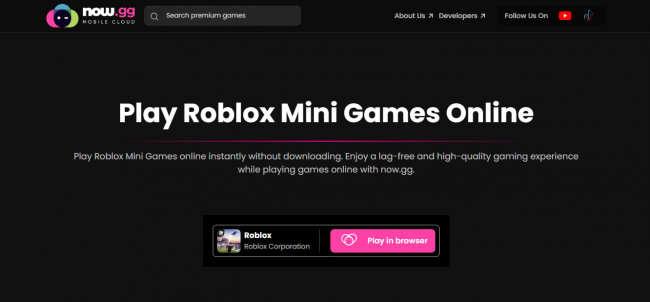
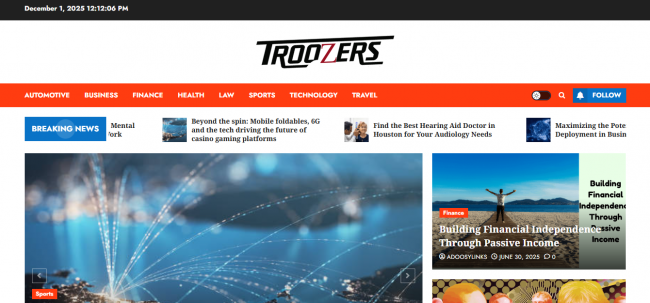
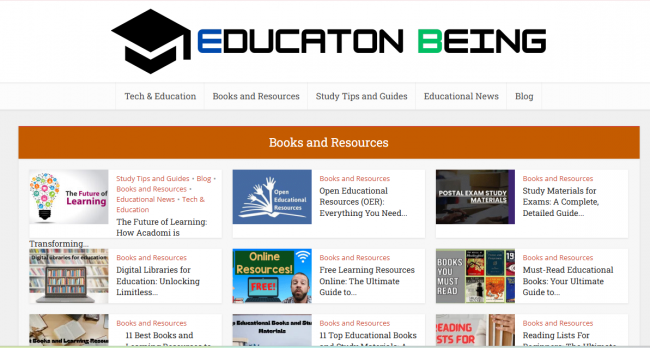
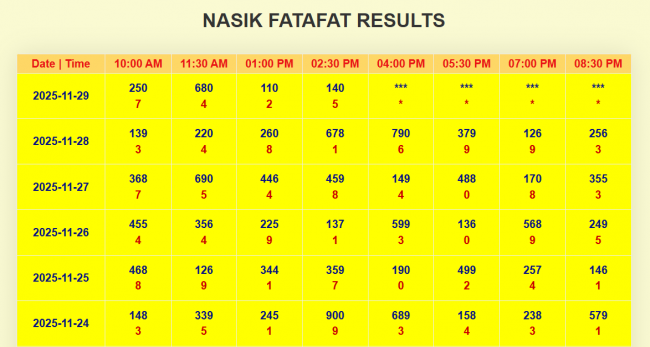
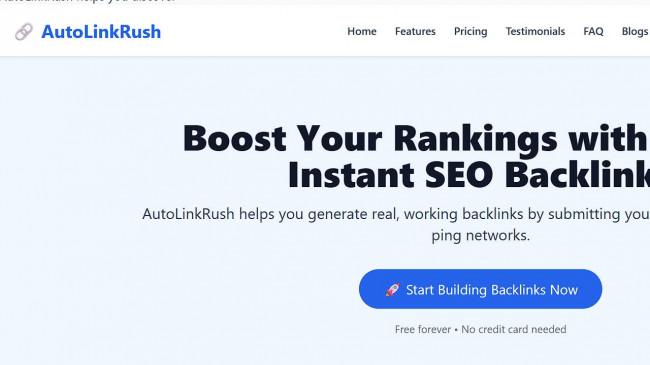
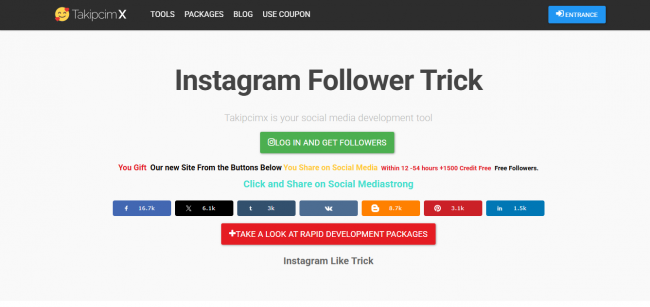
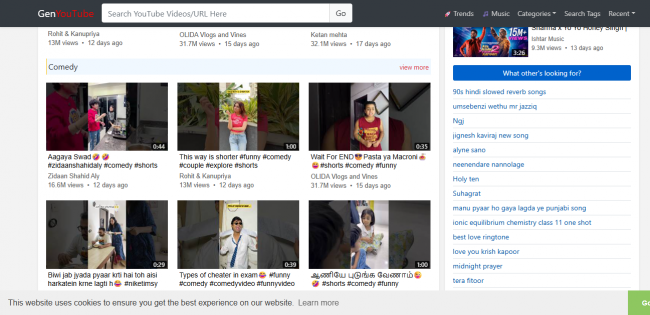
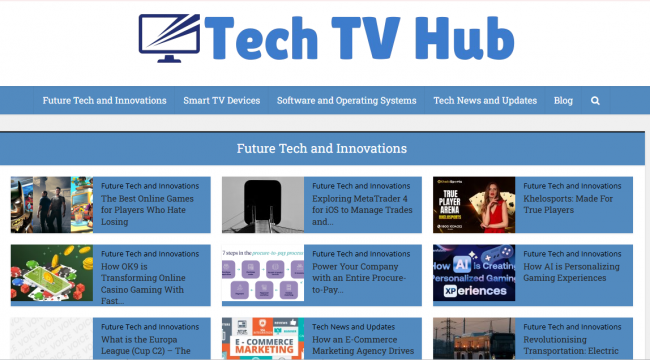
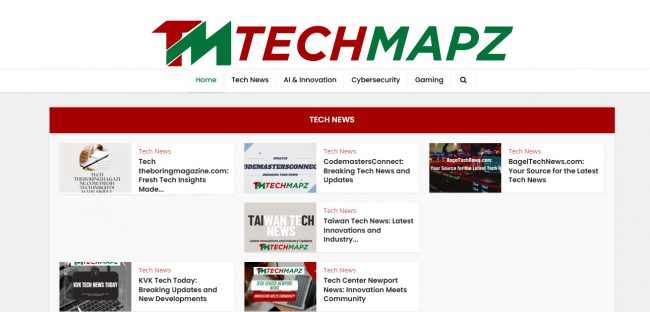
Comments